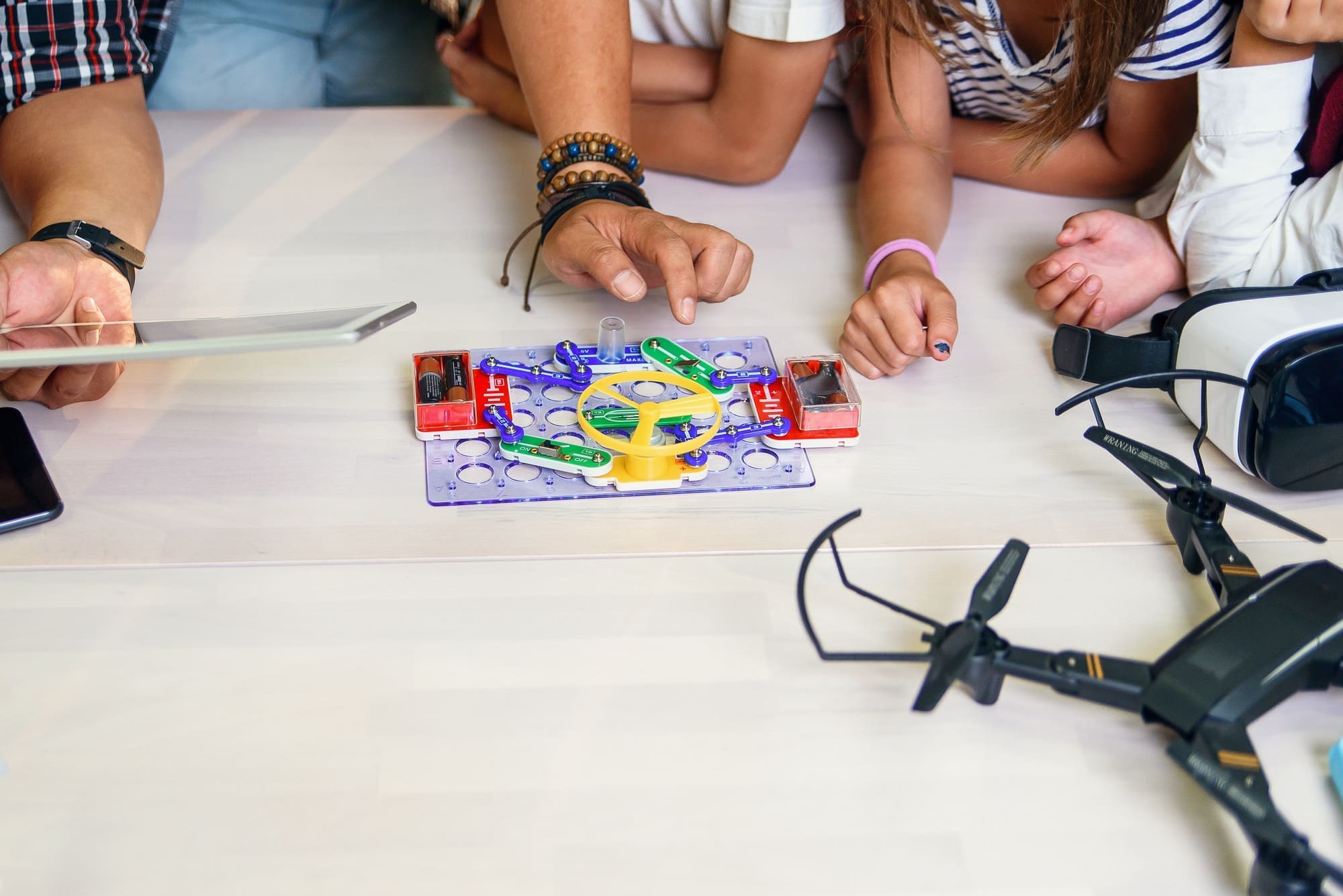The West Coast Health Alliance has spoken & confirmed that vaccines are safe and they do not cause autism. This message is important because many parents have heard confusing or frightening claims over the years. Some of those claims came from outdated information or from people sharing opinions unsupported by science. Doctors and researchers around
Technology nowadays is so omnipresent that it’s hard to imagine life without it. It streamlines our routines and helps us in ways we never imagined. One of the most heartwarming examples of this can be found in the Santa Ana Public Library in Southern California. Here, robots are bridging the communication gap for children with autism.
Meeting Future Friends
Imagine walking into a library and, instead of the usual librarian greeting you, a robot recognizes and welcomes you by name. This is the reality for four-year-old Luke Sepulveda. Diagnosed with autism spectrum disorder (ASD), the world sometimes poses a myriad of overwhelming stimuli for Luke. But with the new robot buddy in the library, there’s one more place where he can feel at home.
His mother, Ella Sepulveda, highlights the significance of these robots: “In different spaces, you don’t know how he’s going to react. So I was just hoping for the best because he loves technology. Just knowing that a robot can engage his attention, that makes me happy.”
The Merge of Tech and Teaching
Why robots? Larry Singer, a senior tutor at the library, gives a simple yet profound answer. “Human beings have emotions. Human beings get tired. Human beings get frustrated. A robot — same response every single time.” The consistent, non-judgmental, and comforting nature of these robots provides an environment where children on the spectrum can feel at ease.
The Center for Disease Control and Prevention (CDC) reveals that about one in 36 children in the U.S. is on the autism spectrum. The Santa Ana Public Library, teaming with RobotLAB, has taken a pioneering step towards ensuring these children have access to resources that cater to their needs.
How Technology is Revolutionizing Autism Education
In today’s modern era, technology has shown to be an invaluable tool in the field of autism education. Many educational institutions are now integrating digital therapies and apps explicitly geared toward children with autism. These specialized tools offer visual and auditory prompts, acting as bridges to help simplify and demystify the intricate nuances of social interactions for these young learners.
Meanwhile, emerging technologies like Virtual Reality (VR) are taking the educational experience to new heights. VR simulates real-world environments, offering children with autism a haven to practice potentially challenging situations, from understanding conversational cues to managing sensory-rich surroundings. Coupled with innovative tools like wearable devices that monitor and alert caregivers about heightened stress levels, it’s clear that technology is reshaping the landscape of autism education, making it more inclusive and adaptive than ever before.
A Focus on the Underserved
Cheryl Eberly, the head librarian, launched this innovative program during the pandemic, targeting children of color. This demographic often faces challenges in diagnosis, with many not being recognized as being on the spectrum until later in life. By providing this program free of charge, the library promotes inclusivity and ensures that children receive the tools and resources they need early on – when it proves most important.
Eberly passionately states, “Every time I see a kid on the spectrum or a neurodivergent kid lock in and interact with the robot and get that moment where they are bonded and they understand, it’s amazing. It’s like validation that this works.”
The Santa Ana Public Library‘s integration of technology and education is emblematic of a society sensitive to its members’ diverse needs, providing everyone equal access to information and knowledge. Similarly, Sacramento ABA stands at the forefront of this transformation, sharing individualized approaches and utilizing the latest technological advances to foster growth and development in those with autism.
Their commitment to integrating modern solutions underlines the potential of combining technology with personalized care. In Ella Sepulveda’s words for her son, Luke, “My hope and dream for him is really just do your best. You’re awesome and you’re loved.” And with the support from initiatives like these, many more children will get the chance to feel the same way.

